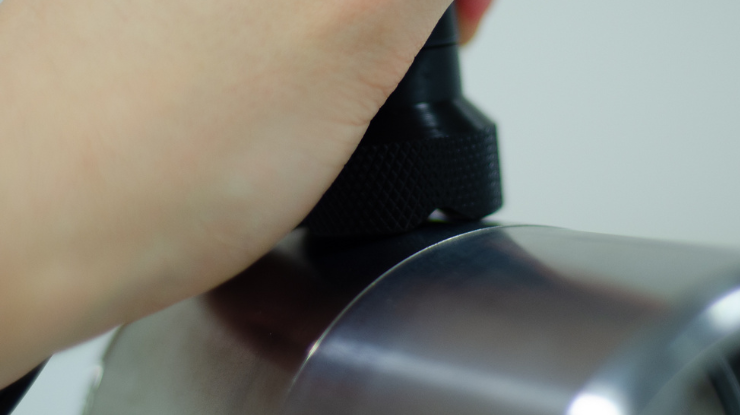Closing The Rocking Gap

Whilst undertaking corrosion and thickness measurements during pipeline inspections, one of the biggest causes of reading errors and inconsistencies is due to the placement of the transducer probe.
Probe placement errors are particularly an issue due to the placement of the flat-faced twin crystal transducer (often used for such an application) onto the convex curved shape of a pipe. Transducer probe selection in the field is largely based on material type and thickness, but consideration must also be given to the transducer diameter and its correct placement.A transducer with too large a diameter can create a ‘rocking gap’ (as illustrated). If a rocking gap occurs, the transducer will be too unstable to produce consistent thickness readings.
Although pipeline transducers could be manufactured, each pipeline diameter would require its own specific design with a curved surface for each pipe diameter, which is not a practical solution considering the number of different pipeline diameters and materials an inspector could be testing.
The solution is to use a spring-loaded probe holder which offers a simple solution to eliminate many of these issues, enabling you to speed up the testing process without the reading errors. Compatible with all of Elcometer's³⁄₁₆” and ¼” dual transducers, the probe holder automatically places the transducer at the correct orientation, maximising the surface contact and optimising contact angle for the best signal response, minimising reading errors.
For more information or to place an order, please contact NDT@elcometer.com

